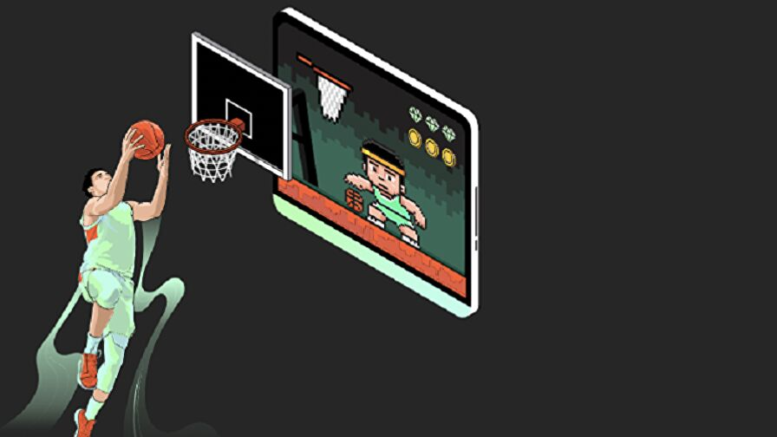Star wars
There’s an extraordinary amount of IP licensing happening in video games at the moment. From live-service games such as Fortnite and PUBG growing their live-ops with franchises including Dragon Ball, Star Wars and Spider-Man to the creation of new video games such as Hypergames’ Snufkin: Melody of the Moominvalley, that are based on existing franchises, there seems to be no end of video games using well-known franchises to boost their audience numbers.
While the list of IP-based video games and collaborations is growing bigger every day, game developers should know that collaborating with a well-known franchise isn’t a cheat code to success. There have been many botched attempts at IP-based video games throughout the years, as anyone who’s played Superman 64, or waded their way through the mountain of IP-based platform clones that littered the 90s, will know. Even the most powerful superheroes in the world weren’t strong enough to save Marvel’s Avengers after its troubled launch.
If you’re a video game studio thinking about incorporating an existing franchise into your game – whether that’s for a brand new game, a one-off collaboration or a limited-time event to boost your live ops – there’s a lot you need to consider before you hit the ground running.
Analyse your target property and its audience
Having a thorough understanding of your target property’s audience and demographic is important for a number of reasons. If you’re looking into a limited-time event or collaboration, this will help you determine whether the partnership is the right fit for your existing players: Will this collaboration get your players excited? Does it seem like the right fit for your game’s brand? Is there enough awareness of the IP you’re collaborating with amongst your current players? If so, how do they feel about it?
Utilising an IP is also an important opportunity to bring new players into your game, which is why all of this initial research into audience and demographic is so important, not least for the fact that you want your players and new players to play nicely together. A recent Newzoo report into IP-based mobile games found that high spenders on mobile games are 2.84 times more likely to download a game if it’s based on an IP/universe that they like.

On that note, the demographic of your target property’s audience – their age, where about they’re playing, and whether they’re male or female – is going to play an important role in shaping the monetisation elements of any new IP-based game or collaboration you create, especially on mobile. Monetisation through Gacha mechanics is a great fit for character-collection games, as we saw with the recent Cookie Run Kingdom and Disney collaboration, whereas players of live-service games such as PUBG and Fortnite tend to favour in-game purchases.
And whether you’re launching an IP-based game or hosting a limited-time event, you’ll want as many people as possible to know about it before it launches, so think about the acquisition channels you can tap into to reach that IP’s audience directly. Among the IP-based mobile games released from 2016 to 2021, TV-based IP is the most common (33%), followed by manga (22%) and then literature (19%).
Be sure to ask IP holders what channels they can offer you for promotion, especially if those IPs are active across multiple formats, as this may affect what you can access if rights are split across multiple companies. You should also consider if there are any major anniversaries or events such as product launches that you can tap into. There are plenty of opportunities to promote your collaboration with physical activations too, whether that’s giveaways on social channels or special events. Two recent examples are Subway Surfers running a competition on social media that turned one lucky winner into an in-game character, and Metal: Hellsinger’s recent metal concert at Gamescom, featuring vocalists from Trivium, Arch Enemy and Refused that star in the game.
What type of collaboration is best?
Licensing is no longer just about fully licensed games. Nowadays, there are hundreds of different ways you can integrate a well-known franchise into an existing game, particularly within live-service games. New characters and weapons, character and weapon skins, cosmetic accessories, limited-time events, DLC and seasonal content, are often much easier to negotiate with rights holders due to less complicated terms, and in most cases, the lighter development and creative costs for cosmetic-focused collaborations can make them much quicker to approve, too.
When collaborations such as these are done effectively, they’ll seem like a natural fit and will be a huge hit with players. The Dead by Daylight and Resident Evil collaboration was a match made in heaven (or should I say hell?), while








